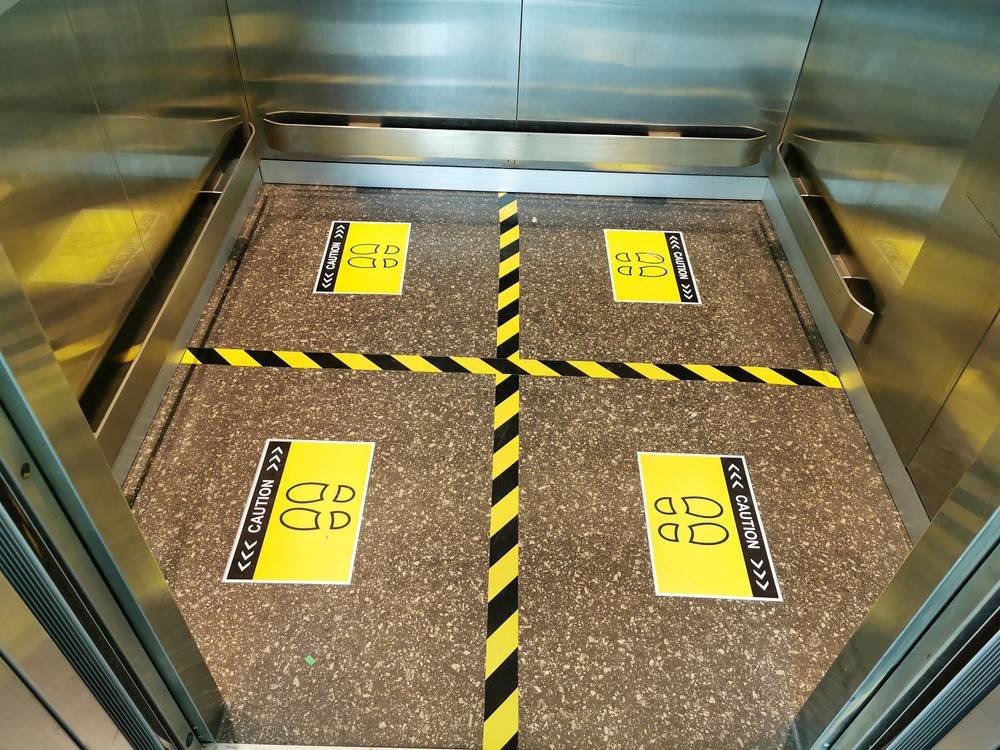When choosing between lift flooring and carpet, it’s important to evaluate your needs, preferences, and the functionality of each option. Both flooring types offer distinct advantages and disadvantages, making the decision highly personal. One key factor to consider is how lift flooring can offer better durability and maintenance compared to carpet, especially in high-traffic areas. Understanding the pros and cons of each will help guide your decision.
Durability:
One of the primary advantages of lift flooring is its impressive durability. This type of flooring, which is often made from materials like vinyl or wood, is highly resistant to wear and tear, stains, and spills. It can withstand heavy foot traffic and is less likely to become damaged over time. In contrast, carpet tends to show signs of wear more quickly, especially in areas that experience heavy use.
Maintenance and cleaning:
Lift flooring generally requires less maintenance than carpet. Spills and stains can be wiped away easily, and most types of lift flooring are water-resistant, making them ideal for areas like kitchens and bathrooms. Regular sweeping or mopping is usually sufficient to keep it looking clean. Carpet, instead, requires more attention. It needs to be vacuumed regularly and cleaned professionally to maintain its appearance.
Comfort:
Carpet is known for its soft, warm texture underfoot, providing comfort and insulation. It’s a popular choice for bedrooms and living rooms, as it offers a cozy atmosphere. Lift flooring, while sturdy and easy to clean, lacks the softness and cushioning that carpet provides. However, modern lift flooring options, such as those with padding underneath, can offer more comfort than traditional hard flooring surfaces like tile or hardwood.
Aesthetic flexibility:
Both lift flooring and carpet offer a variety of design options, but lift flooring tends to be more versatile. You can find lift flooring in a wide range of colors, patterns, and finishes that mimic natural materials like stone, wood, or tiles. Carpet, instead, has a limited design range but is available in a range of textures and colors. It’s often more suited to creating a specific mood or adding warmth to a space.
Cost:
In general, lift flooring is more cost-effective than carpet, both in terms of initial installation and long-term maintenance. Carpet installation can be expensive, and the need for frequent cleaning and replacement adds to its overall cost. Lift flooring, while it may have a higher upfront cost, typically requires fewer repairs and replacements over time, making it a more economical choice in the long run.
